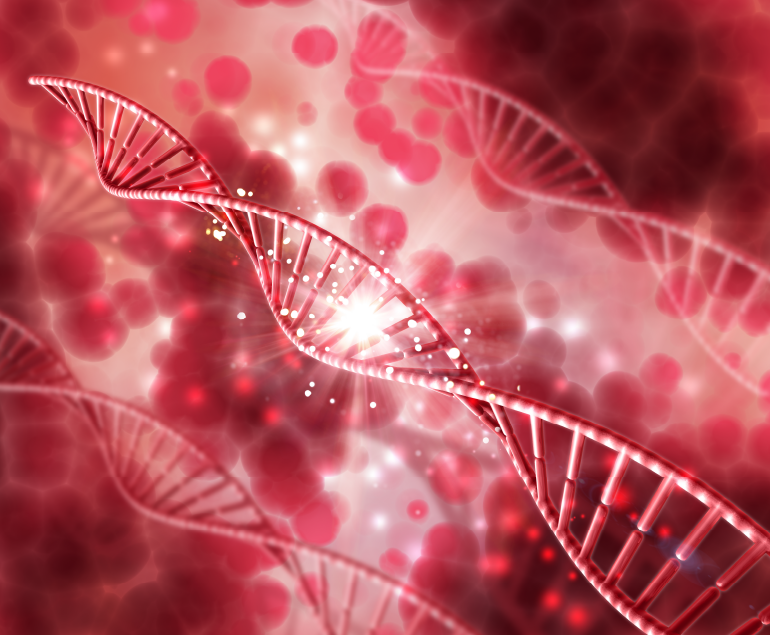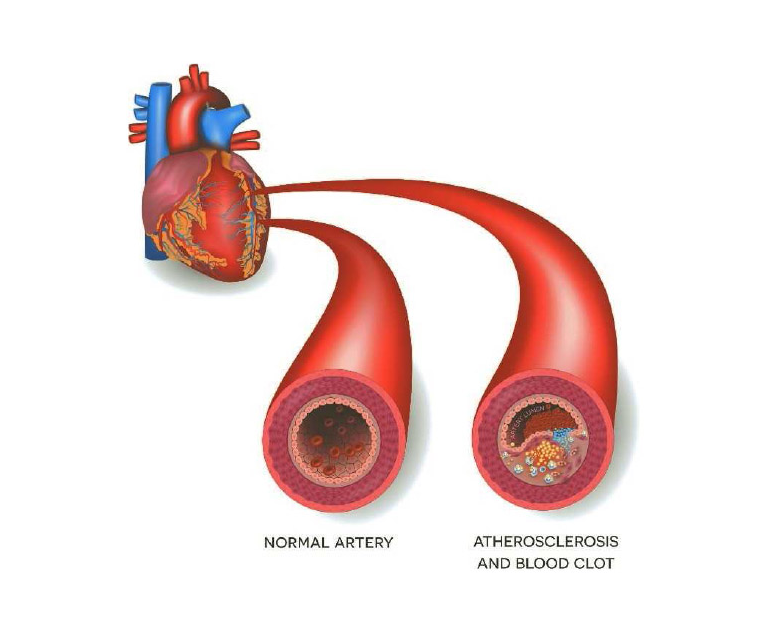Genetics and heart disease are intricately connected, and the field of study that explores this relationship is known as cardiovascular genetics. Genetics refers to the study of genes and their role in heredity and variation in living organisms. Heart disease encompasses a range of conditions that affect the heart and blood vessels, including coronary artery disease, heart failure, arrhythmias, and congenital heart defects.
Here are key points regarding genetics and heart disease:
- Genetic Influence: Genetic factors can contribute to an individual’s susceptibility to heart disease. Certain genetic variations may increase the risk of developing specific cardiovascular conditions.
- Family History: A family history of heart disease is a significant risk factor. If close relatives, such as parents or siblings, have had heart disease, heart attacks, or related conditions, it may indicate a genetic predisposition.
- Heritability: Heritability refers to the proportion of the variation in a trait or condition that can be attributed to genetic factors. Although genetics are important in developing heart disease, environmental and lifestyle factors also play a role.
- Monogenic Disorders: Mutations in a single gene can cause certain forms of heart disease. These are known as monogenic disorders. An example is familial hypercholesterolemia, a genetic condition leading to high cholesterol levels and an increased risk of atherosclerosis.
- Polygenic Risk: Most cases of heart disease are polygenic, meaning they result from the combined effects of multiple genetic variations. These variations may interact with each other and with environmental factors.
- Genetic Testing: Genetic testing can identify specific genetic variations associated with heart disease. This can be particularly useful in identifying certain hereditary conditions and guiding personalized medical management.
- Common Genetic Variations: Genome-wide association studies (GWAS) have identified common genetic variations associated with an increased risk of heart disease. These variations are often involved in lipid metabolism, inflammation, blood pressure regulation, and other cardiovascular processes.
- Gene-Environment Interaction: Genetics and environmental factors interact in influencing heart health. For example, a genetic predisposition to high cholesterol may interact with a diet high in saturated fats, leading to an increased risk of atherosclerosis.
- Prevention and Management: Understanding the genetic components of heart disease can contribute to more targeted prevention and management strategies. Individuals with a higher genetic risk may benefit from more vigilant monitoring and early interventions.
According to Dr. Ramji Mehrotra – Vice Chairman – Cardiothoracic & Vascular Surgery, it’s important to note that while genetics plays a role, lifestyle factors such as diet, exercise, smoking, and stress management are crucial in preventing and managing heart disease. A comprehensive approach that considers both genetic and environmental factors is essential for understanding and addressing an individual’s risk of heart disease. Regular medical check-ups and discussions with healthcare providers can help assess and manage cardiovascular risk effectively.


